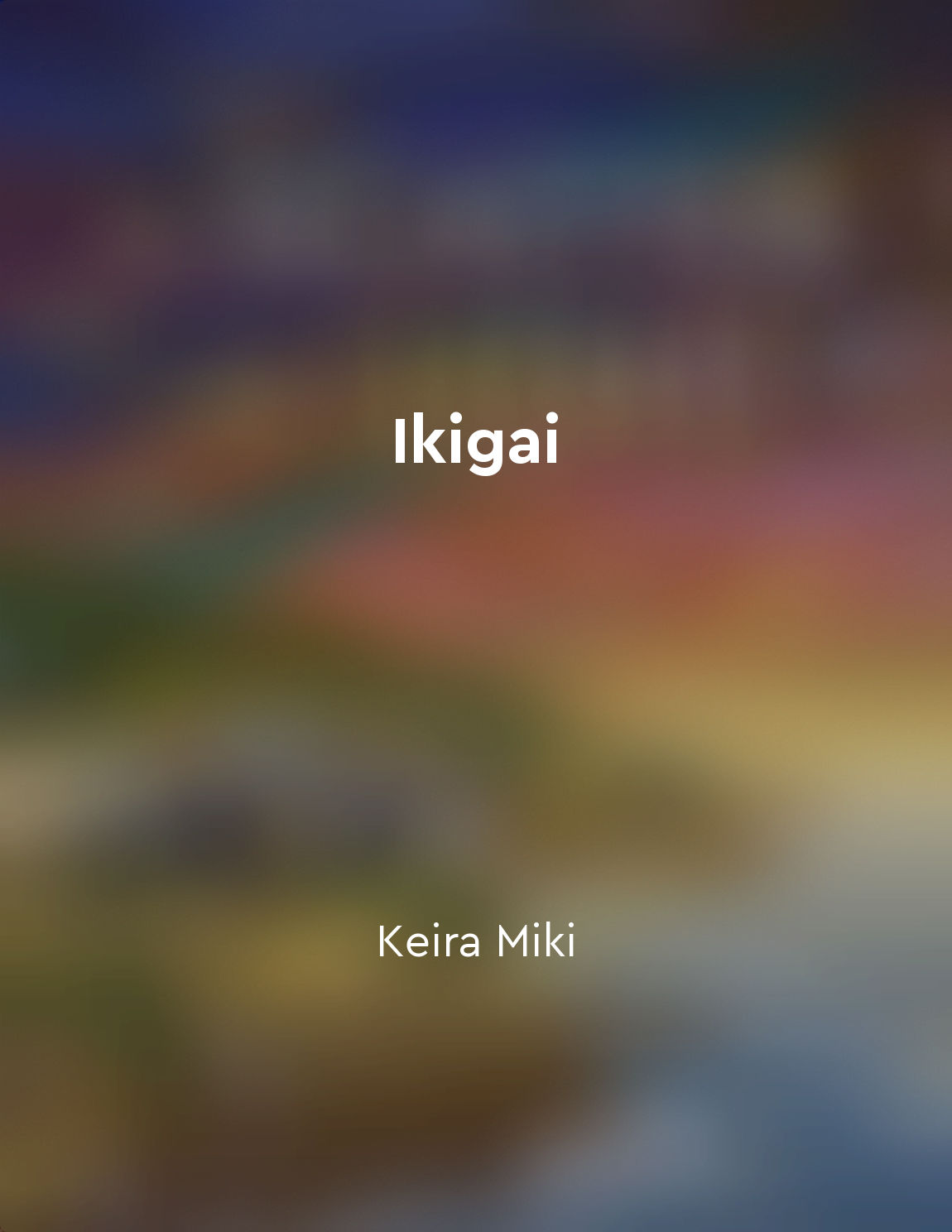Create balance by distributing elements evenly from "summary" of The Non-designer's Design Book by Robin Williams
To create balance in a design, it is important to distribute elements evenly. This means that you should not have all of your elements crowded on one side of the page while the other side is left empty. Instead, you should aim to distribute your elements in a way that feels visually balanced. This can be achieved by spreading out your elements so that they are evenly dispersed throughout the page. When distributing elements evenly, you should also consider the size and weight of each element. For example, if you have a large, heavy element on one side of the page, you may need to add smaller, lighter elements on the other side to balance it out. This will help create a sense of equilibrium in your design. Another way to create balance by distributing elements evenly is to consider the proximity of your elements to each other. By grouping related elements together, you can create a sense of unity and coherence in your design. This will help guide the viewer's eye through the design and create a sense of harmony. In addition to distributing elements evenly on a page, you should also consider the overall composition of your design. This includes the placement of text, images, and other elements within the design space. By carefully arranging these elements, you can create a visually pleasing layout that feels balanced and harmonious.- Creating balance by distributing elements evenly is an important principle in design. By carefully considering the placement, size, weight, and proximity of your elements, you can create a design that feels visually balanced and cohesive. This will help draw the viewer's eye through the design and create a sense of harmony and unity.
Similar Posts
Design should be flexible to accommodate different user preferences
Designing products that cater to a wide range of user preferences is a fundamental principle in creating successful and user-fr...
Nurture relationships
To live a fulfilling life, one must understand the importance of nurturing relationships. These connections with others are the...
Keep language natural
The concept of keeping language natural is essential in good writing. This means using language that is simple, clear, and cohe...
Different materials have unique properties that affect the behavior of structures
Materials used in the construction of structures play a crucial role in determining the behavior and performance of those struc...
Remember details about others
In the fast-paced world of work, it is crucial to pay attention to the small details about the people around you. Remembering d...

Choose kindness and compassion in all interactions
When we choose kindness and compassion in all interactions, we are choosing to approach others with empathy and understanding. ...
Practice selfcompassion
When we practice self-compassion, we are essentially treating ourselves with the same kindness and understanding that we would ...

Exploring new interests and hobbies can spark creativity and inspiration in your life
When we venture into uncharted territories and immerse ourselves in new activities, we open the door to a world of fresh perspe...
Designers should communicate their ideas effectively to stakeholders
Designers must be able to clearly articulate their ideas and vision to stakeholders in order to gain their support and buy-in. ...

Kindness has a ripple effect
The idea that kindness has a ripple effect is a simple yet profound concept that carries significant implications for how we li...

